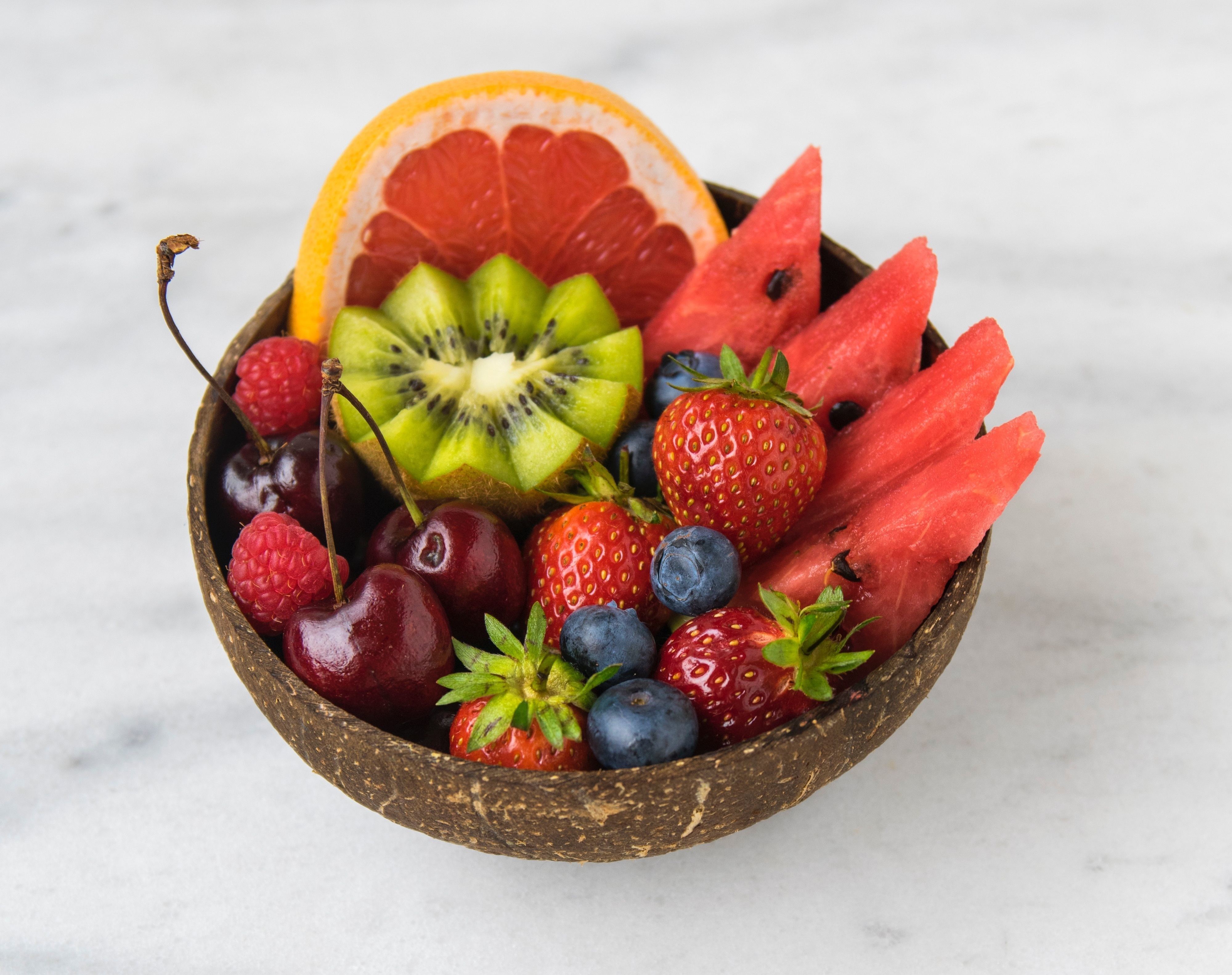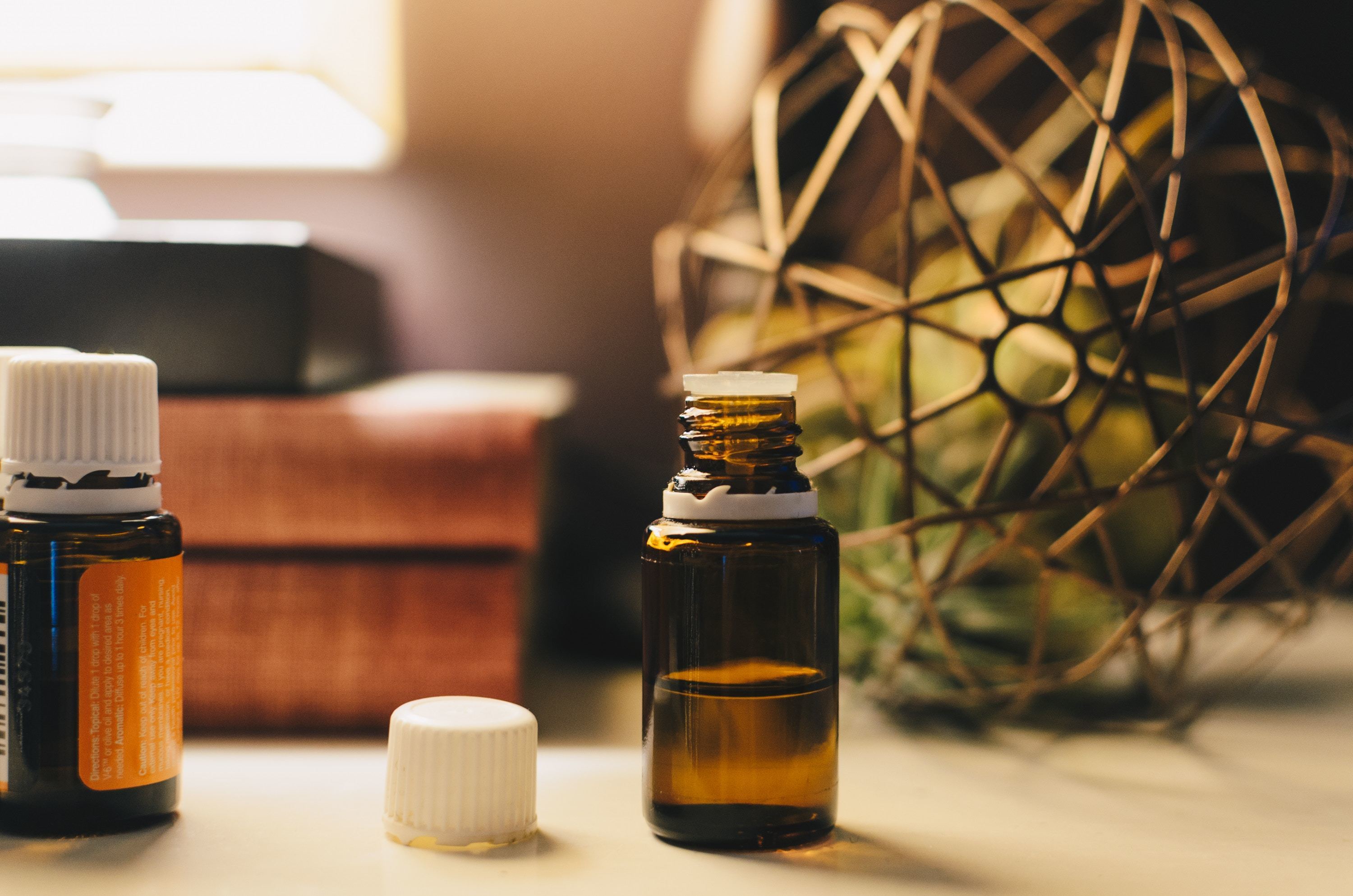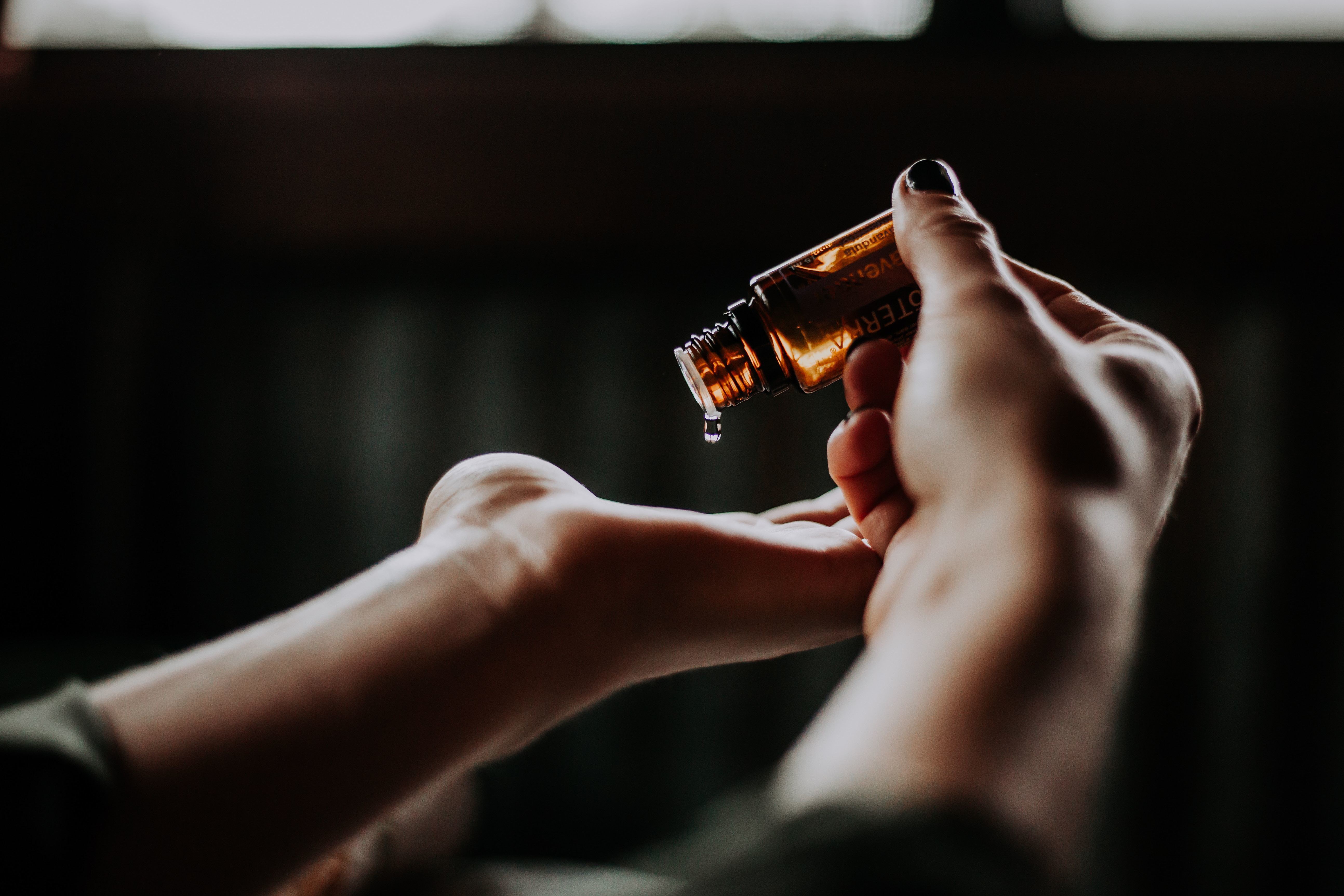Pink Eye: Causes, Symptoms, and Effective Natural Treatments
Pink eye an inflammation of the conjunctiva, also known as conjunctivitis.
The conjunctiva is a thin, vascular membrane that lines the inside of the eyelid and white of the eye. When inflamed, the conjunctiva becomes red (earning the name “pink eye”) and the eyes can weep or produce a thick discharge. This discharge can dry into a crust overnight and “stick” the eyelids shut. Conjunctivitis is a truly uncomfortable, unattractive, and very inconvenient condition.
Pink eye is usually caused by a viral or bacterial infection of the conjunctiva but can also be due to an allergic reaction or physical irritation. Identifying the underlying cause is the first step in selecting an appropriate and effective treatment.
Luckily, it's easy to figure out:
Identifying Your Pink Eye: Viral, Bacterial, or Allergic?
Viral Pink Eye
Viral conjunctivitis is usually caused by adenoviruses or enteroviruses, which survive on surfaces for a long time and are highly contagious. Viral pink eye is often seen alongside upper respiratory tract infections like the flu, and occasionally found when viral infections impact the whole body (e.g. chickenpox or measles).
Signs & Symptoms of Viral Pink Eye
- Usually begins in one eye and spreads to the other
- Pink eye, or red conjunctiva
- Feeling of irritation or stinging in the eye
- Watery discharge (not thick)
- Slightly swollen eyelid (not completely puffy)
- Feeling of something in the eye
- Blurred vision
- The conjunctiva may look swollen and gelatinous
- Lymph nodes located in front of the ear may be raised
Bacterial Pink Eye
Most causes of bacterial pink eye occur with a rapid onset and equally quick recovery. The bacteria Staphylococcal aureus, Streptococcus pneumoniae, and Haemophilus are the most common causes but Chlamydia bacteria can cause chronic conjunctivitis that may lead to blindness. Gonoccocal conjunctivitis can occur after sexual contact with a person who has a gonorrhoea infection of the genitals.
Signs & Symptoms of Bacterial Pink Eye
- Red, swollen, and gelatinous looking conjunctiva
- Spreads from one eye to the other within a few days
- Thick discharge that is yellow or white in colour
- Severe swelling of the eyelid
- Blurred vision
- Symptoms usually develop within two days of exposure
It is important to seek medical treatment for bacterial pink eye as soon as possible to prevent rare complications of corneal ulcerations, abscesses, and blindness.
Allergic Pink Eye
It's fairly easy to tell if you have allergic conjunctivitis rather than viral or bacterial types – the allergic form involves extreme itchiness of the eyes. This form of pink eye (also known as “atopic conjunctivitis”) typically occurs seasonally or when the eyes are exposed to airborne allergens that trigger an allergic response.
Identifying the underlying allergen can go a long way to solving allergic pink eye forever.
Seasonal allergic pink eye (hay fever conjunctivitis): Caused by grasses, trees, weeds, pollen, or airborne spores of moulds. Generally appears during spring and summer with relief occurring over autumn and winter, but this depends on the life cycle of the plants and moulds that release the affecting allergens.
Perennial allergic pink eye (atopic conjunctivitis): Caused by allergens that are present all year, such as dust mites, animal dander or tobacco smoke. Symptoms can occur anytime throughout the year when exposed to the allergen.
Vernal keratoconjunctivitis: Unique form of conjunctivitis that researchers believe may be allergic. It is common among boys up to the age of 20 who also have eczema, asthma and seasonal allergies.
Signs & Symptoms of Allergic Pink Eye- Red conjunctiva- Moderate to extreme itchiness in the eyes- Presents in both eyes from the beginning (does not spread from one eye to the other)- Mild or moderate swelling of the eyelids- Watery or string-y, clear discharge- Often presents alongside a runny nose or eczema- Conjunctiva can appear velvet-y rather than gelatinous- Swelling of the eyelid and chronic eyelid rubbing can cause blepharitis
Natural Therapies for Pink Eye: 6 Proven Remedies
Most cases of pink eye clear up on their own within 10 days, but viral cases can hang around for up to 4 weeks. Try these 6 natural therapies to take the sting out of pink eye and speed up the healing process:
1) Vitamin D from Sunlight & Supplements
Vitamin D plays a key role in regulating the immune system and presence of this pro-hormone can protect the eyes against bacterial and viral causes of pink eye. It can also stabilize the immune system against allergic reactions. But how can you boost the amount of vitamin D in the eye, where the conjunctivitis is?

Research suggests that that boosting your general levels will do the trick. A study of 48 healthy volunteers found that the levels of vitamin D found in tear fluid was reflective of and even more concentrated than the levels found in the blood. The reachers concluded that the eye fluids contain such high amounts of vitamin D to prevent diseases that impact the eye surface, such as infectious pink eye1.
Vitamin D can protect against allergic forms of conjunctivitis, too. A study of nearly 100 participants examined the connection between symptoms of seasonal allergic conjunctivitis and vitamin D levels. The researchers found that blood levels of vitamin D were significantly lower in patients with seasonal allergic conjunctivitis than those without. This can suggest two things:
- Vitamin D protects the eyes against allergic conjunctivitis, and people with low vitamin D levels have a higher risk of suffering from the condition,- and/or Allergic conjunctivitis depletes the body of vitamin D.
Either way, boosting vitamin D levels during bouts of conjunctivitis is highly recommended2!
Increasing your time in the sun is one way to boost vitamin D, but be sure to take care of your kidneys and liver too – these are sites of vitamin D activation. Don't over the sun exposure – ten to twenty minutes a day is enough for most people in most areas (latitude and cloud-cover aside). One problem: conjunctivitis may make your eyes sensitive to light! Consider taking a plant-based vitamin D3 supplement if sunglasses aren't cutting it – or if you're over 50, live in a climate with little sun, wear clothes that cover your whole body, or just can't seem to get your levels up.
2) Quercetin from Capers, Onions and Tea
Quercetin is a powerful antioxidant with unique actions in the immune system where it stabilises mast cells – these are the cells that release histamine, a chemical that causes symptoms of allergic conjunctivitis. You may have taken anti-histamine medication – quercetin has a similar impact on allergies, but without the drowsy side effects. By stabilising the mast cells, quercetin reduces their reactivity and the immune system becomes less likely to have a knee-jerk reaction to environmental allergens. Quercetin can also “mop up” histamine to quickly relieve symptoms.

A small study tested a product containing quercetin, vitamin D3 and the extract of a herb, Perilla frutescens, on 23 participants with allergic conjunctivitis. After taking the product for 30 days, approximately 70% of the participants' symptoms were resolved, with no significant side effects. Whether this is due to the vitamin D, the quercetin, or the herbal medicine is unclear, but it could be a combination of all three3.
Dietary Sources of Quercetin:
- Apples
- Onions
- Capers
- Parsley
- Black Tea
- Grapes
- Lemons
- Grapefruit
- Oranges
- Mandarins
- Blueberries
- Blackberry
- Dark cherries
- Buckwheat
3) Omega-7 Fatty Acids from Sea Buckthorn
You've heard of omega-3 essential fatty acids, but what about omega-7s? These aren't essential for our diet – the body can make them itself. But boosting intake in the diet or applying them topically has been shown to clear up all kinds of skin and eye infections. They have powerful anti-bacterial and antioxidant actions.
In particular, omega-7 fatty acids have been shown to exert antimicrobial activity to clear up bacterial conjunctivitis. Applying an oil containing a blend of omega-7 fatty acids topically to the eye (eyelid closed!) can destroy even the most stubborn of bacteria, including the type causes gonorrhoeal conjunctivitis – even when the bacteria has been resistant to conventional antibiotic medications! The study showed that these fatty acids can protect the eyes against infection4. The antioxidant effects of omega-7s may also help to repair any damage and speed up recovery from conjunctivitis.
The most concentrated source of omega-7 fatty acids is found in sea buckthorn oil. Sea buckthorn or Hippophae is a hardy plant that thrives in coastal or arid environments where it thrives from plenty of sunlight. The berries of the sea buckthorn plant has soft, orange flesh and is rich in omega-7 fatty acids. The seeds of the plant also contain omega-7s but are richer in other potent antioxidants such as vitamin E and carotenoids. Blends that contain a 1:1 combination of oil from both berries and seeds are ideal for beating conjunctivitis.
CAUTION: Do not apply seabucktorn oil directly to the conjunctiva. Apply the oil to a clean cotton swab. Dab the oil around the eye area, being use to avoid the eyeball. Leave for 15 – 20 minutes and then gently wash off. Taking sea buckthorn oil orally can also boost your natural levels of omega-7s.
4) Eyebright Eyedrops & Eyewash
Eyebright (Euphrasia) is a powerful herb that contains a rich concentration of antimicrobial oils5. It is frequently prescribed in traditional herbal medicine as an eyewash for infectious conjunctivitis and is available commercially as eye drops.
A small study found that a single dose of eyebright eye drops relieved symptoms of itchiness, redness, weeping secretions, scratchiness and puffy eyelid in eight people with contagious pink eye. Plus, it only took one week for almost all of the cases of conjunctivitis to completely clear up! The eyebright eye drops were also well tolerated and only four participants experienced mild reactions – much better than most pharmaceutical antibacterial eye drops6.
5) Curcumin from Turmeric
Turmeric is a bright orange spice that contains an active and powerful constituent called curcumin. Curcumin can reduce allergic responses, act as an anti-microbial to kill off bacteria and viruses, and can soothe symptoms of pink eye by blocking inflammation. Adding powdered or fresh turmeric to your diet from the end of winter through to the middle of summer may reduce the chances of suffering from seasonal allergic conjunctivitis, and its antimicrobial properties may treat infective cases, too.

There aren't many studies on the effects of topical turmeric in conjunctivitis, but a proprietary herbal eye drop blend that included 1.3% turmeric was shown to relieve the symptoms of acute conjunctivitis7. Taking turmeric or a curcumin supplement can strengthen the immune system from the inside out to speed up healing and prevent re-infection.
6)Warm & Cold Compress With Herbs
Cold compresses can reduce swelling, while warm compresses help to relieve discomfort. Use single-use eye pads soaked in warm or cool (never ice cold) water, and apply to the affected eye or eyes. Always throw out eye pads between uses – reusing the same one twice is a huge risk for reinfection!
For an additional therapeutic benefit, soak the compress in a cool batch of herbal tea. Create a strong brew of eyebright, turmeric, or other anti-microbial, anti-inflammatory herbs like tulsi, green tea, or chamomile. (Note: don't use chamomile f you are allergic to daisies or other members of the Asteraceae family of plants!)
Be sure to allow the herbs to steep for at least 10 minutes, strain, and allow the liquid to cool until tepid. Strain liquid through a fine cloth. Soak an eye pad in the liquid and apply as a compress.
CAUTION: Goldenseal
Goldenseal eye baths have been traditionally used to treat eye infections such as conjunctivitis and blepharitis, but there is no experimental data available to back up its safety and efficacy. Studies have found that goldenseal is rich in berberine, a strong antibacterial agent – but it's probably too strong. A 2007 trial showed that berberine from goldenseal is phototoxic to cells of the human lens and could cause blindness. If you must use goldenseal, use extreme caution when applying it topically with eye baths or eye drops. Do not expose the eyes to bright sunlight after using goldenseal, as this may cause permanent damage to the lens of the eye8.
Pink eye can be painful, unattractive, and long-lasting – but it doesn't have to be. Speed up your healing by boosting your vitamin D, eating turmeric and foods rich in quercetin, applying sea buckthorn oil, eyebright eye drops, and warm compresses... and stay away from goldenseal!
References:
- Sethu, S., et al. (2016) Correlation between tear fluid and serum vitamin D levels. Eye Vis(Lond.), 3:1, 22. https://www.ncbi.nlm.nih.gov/pmc/articles/PMC5009644/
- Dadaci, Z., et al. (2014) Plasma vitamin D and serum total immunoglobulin E levels in patients with seasonal allergic conjunctivitis. Acta Ophthalmol., 92:6, e443 – 446. https://www.ncbi.nlm.nih.gov/pubmed/24667068
- Ariano, R. (2015) Efficacy of a novel food supplement in the relief of the signs and symptoms of seasonal allergic rhinitis and in the reduction of the consumption of anti-allergic drugs. Acta Biomed., 86:1, 53 – 58. https://www.ncbi.nlm.nih.gov/pubmed/25948028
- Churchward, C. P., et al. (2017) Prevention of Ophthalmia Neonatorum Caused by Neisseria gonorrhoeae Using a Fatty Acid-Based Formulation. MBio., 8:4, https://www.ncbi.nlm.nih.gov/pmc/articles/PMC5527305/
- Novy, P., et al. (2015) Composition and Antimicrobial Activity of Euphrasia rostkoviana Hayne Essential Oil. Evid Based Complement Altern Med., 734101. https://www.ncbi.nlm.nih.gov/pubmed/26000025
- Stoss, M., et al. (2000) Prospective cohort trial of Euphrasia single-dose eye drops in conjunctivitis. J Altern Complement Med., 6:6, 499 – 508. https://www.ncbi.nlm.nih.gov/pubmed/11152054
- Biswas, N. R., et al. (2001) Evaluation of Ophthacare eye drops--a herbal formulation in the management of various ophthalmic disorders. Phytother Res., 15:7, 618 – 620. https://www.ncbi.nlm.nih.gov/pubmed/11746845/
- Chignell, C. F., et al. (2007) Photochemistry and photocytotoxicity of alkaloids from Goldenseal (Hydrastis canadensis L.) 3: effect on human lens and retinal pigment epithelial cells. Photochem Photobiol., 83:4, 938 – 943. https://www.ncbi.nlm.nih.gov/pubmed/17645667
